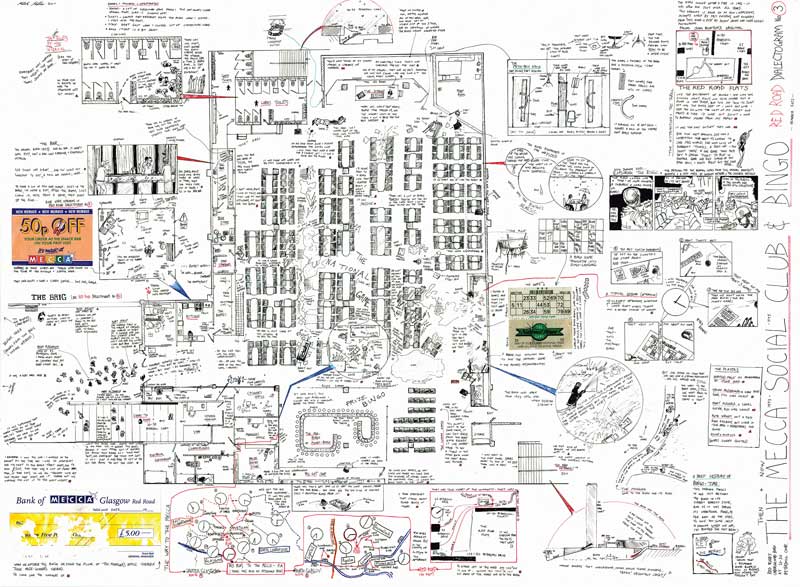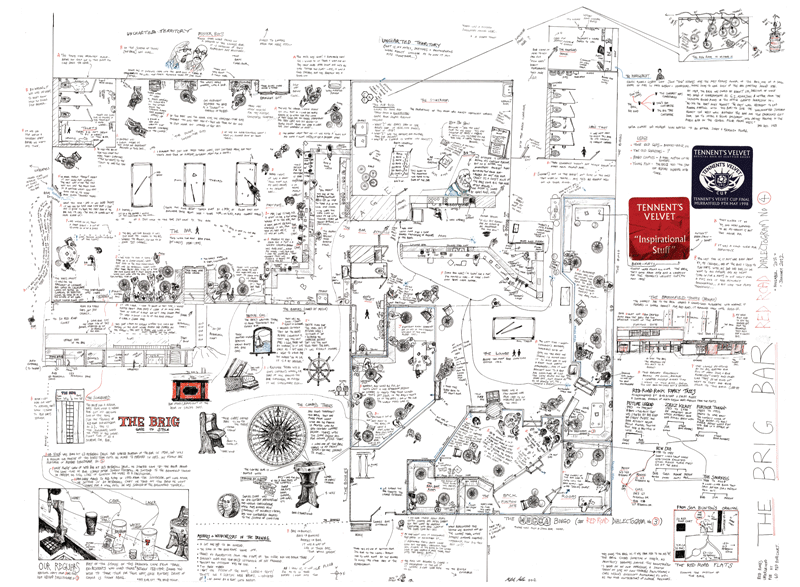RED ROAD UNDERGROUND
Warning: getimagesize(): php_network_getaddresses: getaddrinfo failed: Name or service not known in /home/redroadflats/6X23N6U9/htdocs/wp-content/plugins/magiczoom/core/plugin.php on line 201
Warning: getimagesize(http://www.redroadunderground.co.uk/wp-content/uploads/2011/04/BINGO-DIALECTOGRAM-FULL-SMALL.jpg): failed to open stream: php_network_getaddresses: getaddrinfo failed: Name or service not known in /home/redroadflats/6X23N6U9/htdocs/wp-content/plugins/magiczoom/core/plugin.php on line 201
Warning: getimagesize(): php_network_getaddresses: getaddrinfo failed: Name or service not known in /home/redroadflats/6X23N6U9/htdocs/wp-content/plugins/magiczoom/core/plugin.php on line 201
Warning: getimagesize(http://www.redroadunderground.co.uk/wp-content/uploads/2011/04/Brig-small.gif): failed to open stream: php_network_getaddresses: getaddrinfo failed: Name or service not known in /home/redroadflats/6X23N6U9/htdocs/wp-content/plugins/magiczoom/core/plugin.php on line 201
Red Road Underground is a special collaboration between photographer Chris Leslie and illustrator Mitch Miller documenting the last days of Glasgow’s iconic Red Road Flats in the form of a ‘hidden’ underground bingo hall and a nautically themed bar called The Brig. Here you can see a selection of images of the bar and bingo, an accompanying article and a short film made with some of the people who frequented Red Road Underground.
Short Film
Red Road Underground from chris leslie on Vimeo.
Essay
Piece by piece, the looming, steel skinned concrete towers of Glasgow’s Red Road flats are coming down. In 1971 over 4,000 people lived in blocks that soared 30 stories into the sky. Forty years on, the scheme is dilapidated, its population depleted by about three quarters. A walk between the towers today, takes you across a desolate, lunar landscape of deserted swing-parks and crumbling shops.
In 2008, new owners GHA pronounced final sentence on the flats. The demolition company Safedem zoned off the two giant slab blocks of 10-30 Petershill Court and 153-213 Petershill Drive, and began the slow process of making the buildings safe for blow-down. The scheme, the most iconic, grandiose expression of Glasgow’s high-rise experiment, was to die slowly, in phases.
Not everyone welcomed the announcement. Helen McDermott, a handsome woman in her seventies would have stayed here for the rest of her life. June Aird, who does welcome the demolition nevertheless, emphasises her sense of loss and regret. ‘At one time people cared. They looked after their buildings. You could eat your dinner off the landings.’ Finlay MacKay speaks of a childhood in the 70s supported by tight community, football games between the blocks and crazy kids games such as ‘giant heiders’ (To play yourself, drop a football from at least 7 stories up and head the ball before it hits the ground). Such stories complicate the official story of grimness, isolation, decay and tarnished ideals – idyll to some, Hell to others (I feel as ambivalent about the personal, much more selfish ideal homes of Grand Designs).
Chris Leslie, whose work this piece accompanies, and I are part of a small group of artists, writers and curators tasked with recording the last days of the scheme. When we hear from tenants about a subterranean bingo hall and bar, it is too a tempting absurdity, the sort of extremism that feeds the mythology of Red Road. Towering or tunnelling, there is no middle ground here.
‘I found it the strangest place to have that, underground.’ Says June, who dutifully accompanied her Aunt Molly into the subterranean Mecca Bingo and Social Club. ‘I remember distinctly going into it thinking that this place is going to be totty, thinking I was gonnae walk into a small place, but when you did go in it was sparkly – now that might sound crazy but it was all the machines…all these machines were sparkly, and you had the mini-bingo, and there were all these colours…’
When we enter it, 15 years after it closed in fire and flood, the visual impact is rather different. Pools of stagnant water make islands from the array of four-seater tables in the main hall. The ceiling has in places, collapsed into stalactites of plaster and plastic – the bingo today is at best, beautiful desolation, but you can still sense the grandeur, sense your way back to what it was. If I came across a mummified bingo player, game book and pen in hand, I would not be unduly surprised.
Very little stopped Helen playing bingo (her ‘home from home’) twice a day, nearly every day, not even water seeping from the ground above onto her table. But then, if you were raising a family over a hundred metres up, keeping track of the numbers between drips was hardly a stretch. In the intervals patrons could make an illicit visit to the toilets and spend their winnings on stolen goods, usually ladies wear or kids clothes, draped enticingly over the sinks or, from the late 70s, grab a drink at the bar. The bingo doubled as a social club, which brought in the husbands, fathers and boyfriends.
In more segregated times, those men may have preferred the neighbouring Brig bar, whose back entrance faces the Mecca. Between bar and bingo, a social rhythm, you could say, equilibrium was reached; ‘Men would be fly and have a wee afternoon session on Saturday’ says Finlay, who came with us when we visited what’s left of his first local. ‘They’d take their women in and they would get stuck in the bingo for a couple of hours and the guys would go in The Brig, and there was the Mecca bookies right next door to it…then the women would mebbe come in and get a couple of sweetheart stouts and up the road.’
Built in the style of a ship, there is a genuine weirdness to the Brig with its compass tables and false windows with painted yachts sailing alongside. ‘No windows’ says Bob Niven, who also grew up here. ‘It was like Las Vegas! You didn’t know when you should stop drinking.’ True enough; you could gamble at the Mecca bingo or the bookies, then blow it all at a bar built to look like somewhere else entirely.
The Brig seems to have been a closed, self-sustaining loop, a place where the locals could imagine they were anywhere they liked. Surrounded by a sea of concrete and modernist landmarks, its as if the collective imagination of the residents have created a dockside bar and carefully hidden it in a concrete box. We find a soot-smeared photograph of a smiling couple in their middle years, drinks plonked next to a loaded ashtray, enjoying good times in Vegas.
Looks aren’t everything. Beneath the concreted surface, life at Red Road is traced in the most vivid colours. When Finlay and Bob played here, they imagined patches of grass as their own ‘little Wembley’ and called the tiered steps near Petershill Drive ‘The Castle’. Helen seems to remember the flats largely as a giant family tree, while aunty Molly’s landing was always spotless even if the rest of the scheme was falling to pieces. These stories, and relics such as The Brig and the Mecca Bingo show how a community found its foothold in the smooth, stark concrete, part of a grand design that took little account of the human dimension. Now the people of Red Road are leaving, splitting into their own, tiny diaspora as its physical traces gradually disappear, it is important we acknowledge its multiple dimensions beyond just its great height. Above or below ground, the inner world of its inhabitants is full of surprises. These people were dwarfed, but never diminished by, their extraordinary landscape.
Mitch MillerThe Bingo Hall Dialectogram
Drawn (literally) from interviews with ex-patrons, and based on existing groundplans and a site visit, the Bingo Dialectogram shows elements of the Bingo as it is now, and as it was when Red Road residents ventured down the walkway.
Click on the image below to zoom and pan for more detail:
Were you to walk from 10-30 Petershill Court towards the shops at Red Road you would soon come across a walkway that sinks down into the plaza. Follow it down and you turn into a small precinct with an entrance to a bar, and just next to it, the door to the underground bingo…
The Mecca Bingo and Social Club constituted a prize bingo, ‘national’ games and a function suite for weddings, benefits and other ‘do’s’. Hidden under the concrete, the main auditorium could seat hundreds of players (mostly women), feed them from the buffet, refresh them at the bar and, if they got a line, pay them off with a special Red Road ‘cheque’ in time for the evening show. As part of a national network of bingos buses brought players from all over Glasgow to enter the hole in the ground. Other more casual patrons valued it as one of the few local facilities where they could meet and chat with their neighbours outside their stair or landing- all hidden beneath the concrete.
Always prone to flooding, a fire in the supermarket above the bingo in the mid-nineties brought a deluge of hosewater that closed it forever. The closure coincided with the beginning of the end for Red Road as a housing scheme. Sealed off for over 15 years, we re-entered the Mecca to find it damp but largely intact, the bright colours still shining through debris and wreckage. Chris Leslie’s film and photography captures the eerie atmosphere and faded grandeur of Red Road’s own Mecca, while Mitch Miller’s painstaking drawings document its better days.
Brig Bar
Encased in a cube of concrete in the plaza near Petershill Court, the dark interior of The Brig bar was decorated around a nautical theme; compass tables, paintings of ships, stained wood, portholes… With no windows and only one door in and out, the establishment really does resemble the on-board prisons of sailing ships. From the 1960s to the late 1990s The Brig was Red Road’s pub.
This was the hub for the local football and darts teams, where boys from the scheme had their first initiation into the adult world and student tenants sought out vital post-lecture refreshment. It was also handy for husbands and boyfriends to sneak in for a quick half while their women played the Mecca Bingo next door. Damaged by fire and sealed off to the public, The Brig has been derelict for over 10 years. Tables and chairs, thick with grime and studded with petrified chewing gum, still stand in their places. A yellowing sign makes dire threats against would be moochers and old photographs, blackened by the fire that broke our after the closure, record good times and wild nights long forgotten. Our work in the Brig captures the faded grandeur of Red Road’s watering hole, and a vital means of reconstructing its past.
The Brig Bar Dialectogram
Possibly the most unusual public house in north Glasgow, The Brig bar is drawn from interviews with ex-punters and a very interesting and challenging site visit to the bar as it is now. With no architect’s plans surviving, The Brig is reconstructed through photographs, on site sketches and interviews.
Click on the image below to zoom and pan for more detail




